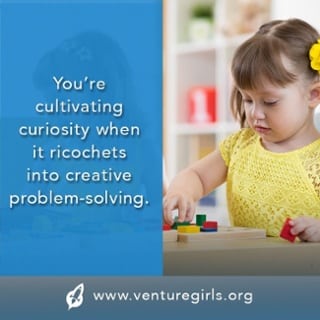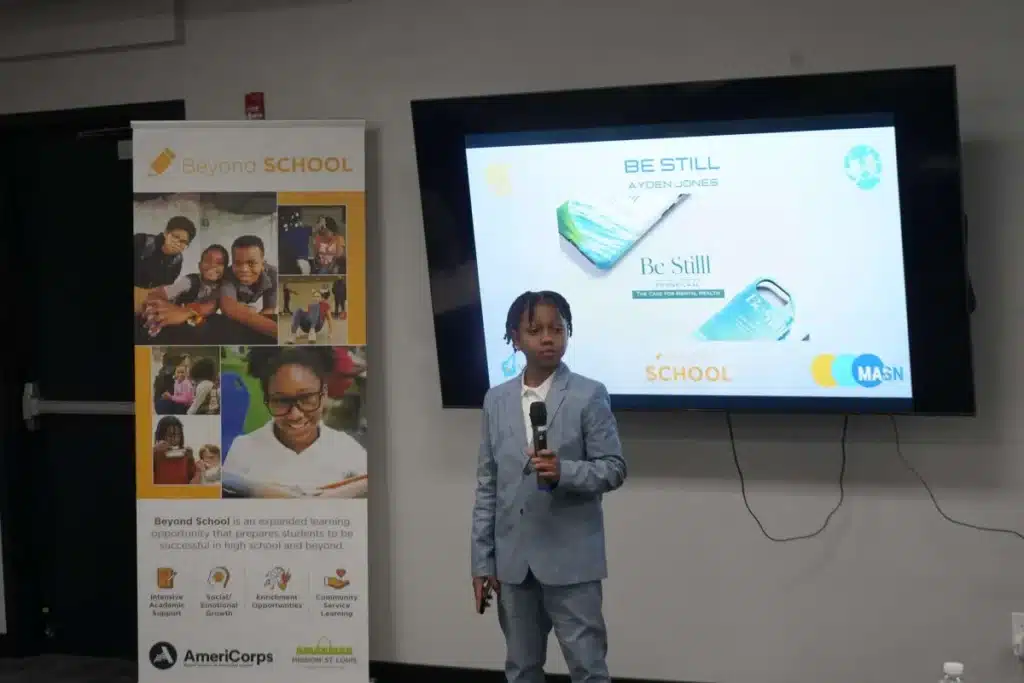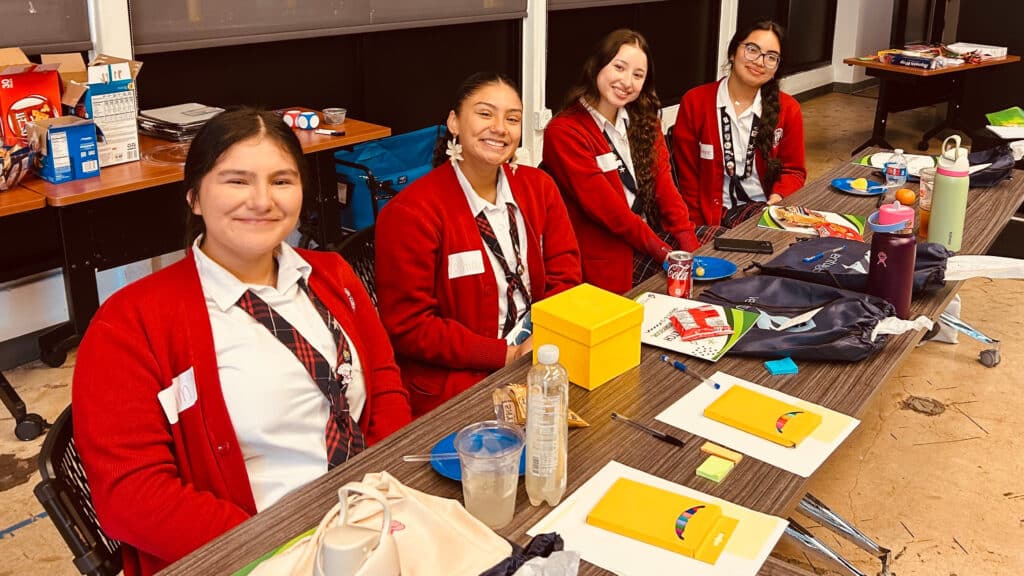There aren’t many experiences that take place in a conventional school in which there are no grades, no penalties for not following rules, no possibility of a humiliating failure, no multiple choice test nor essay, no consequence for disruption, no avoidance of “coloring outside the lines,” no swipe at GPAs, no carrots or sticks, no turning new ideas into target practice, no judging—but this is exactly the environment needed for entrepreneurial ideas to germinate, burst forth, and flourish.
In an entrepreneurial classroom, there must be freedom to imagine, follow curiosity, think big, create, surprise, express, fail, and grow new neural pathways—or it is a hollow, rote experience.
“You don’t have to do things well! Indeed, it’s okay to do them poorly; otherwise you’ll never let yourself be a beginner at a new activity,” writes creativity researcher Roger von Oech, whose books are aptly titled A Whack on the Side of the Head, A Kick in the Seat of the Pants, and Expect the Unexpected or You Won’t Find It. Von Oech has been writing about the growth mindset since before it had a name.
Researchers in creativity have found that there was “wide agreement about the number-one ingredient in creative achievement. And it was exactly the kind of perseverance and resilience produced by the growth mindset,” says Carol Dweck, the noted psychologist who has studied the growth mindset extensively. “How can one belief lead to all this—the love of challenge, belief in effort, resilience in the face of setbacks, and greater (more creative) success?”

A growth mindset “changes what people strive for and what they see as success…. [It] changes the definition, significance and impact of failure,” Dweck says. And it fosters a deep meaning for effort and diligence.
American ingenuity begins with creativity. From the earliest days of the United States, the founders were “repurposing” the Magna Carta, mixing together cultures, breaking rules, disarming the resistance to revolutionary ideas, and coming up with entirely new ways of doing things, a spirit that continues to this day.
An entrepreneurial classroom is a creative classroom. It’s a game-changer. Particularly for girls, it is a way to stretch and grow their minds and generate ideas, a place where they can speak up fearlessly, where the curiosity and inquiry are welcomed, where STEAM provides creative tools to bring even the craziest concepts into being. “You can’t just give someone a creativity injection,” says Sir Ken Robinson, a British author and advisor on education in the arts. “You have to create an environment for curiosity and a way to encourage people and get the best out of them.”
You know you are cultivating curiosity when it ricochets into creative problem-solving. Creative thinking is so fun and entertaining—so stimulating to the brain—that there is no necessity for trophies. It is its own reward.
In the meantime, I’d love to hear from you about how you’re encouraging creative thinking among the girls in your life. Can you recall any instances where a girl has come up with a creative solution to a problem she’s identified? What was it? And what were the results? Thank you for sharing.




